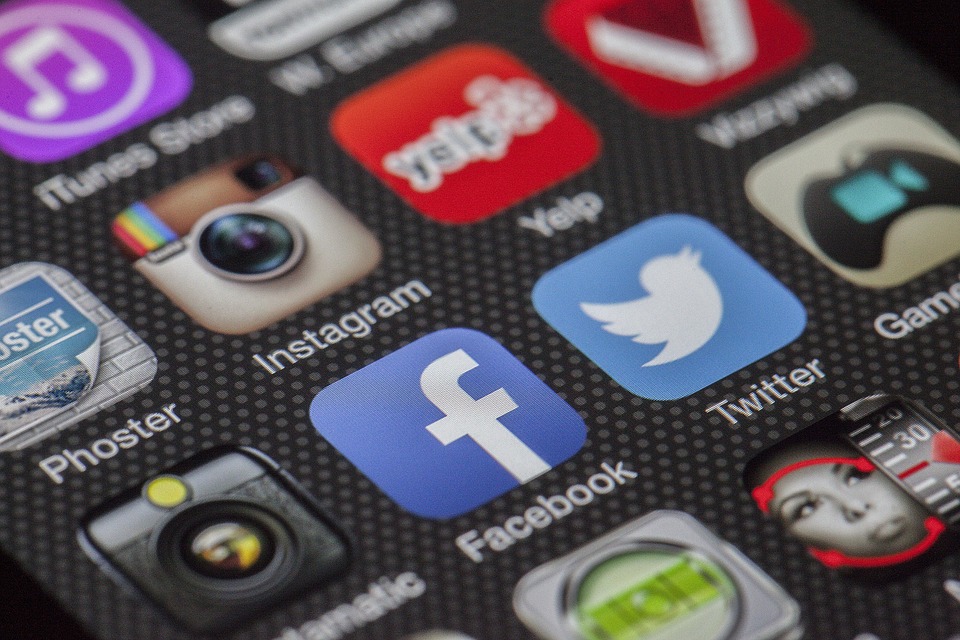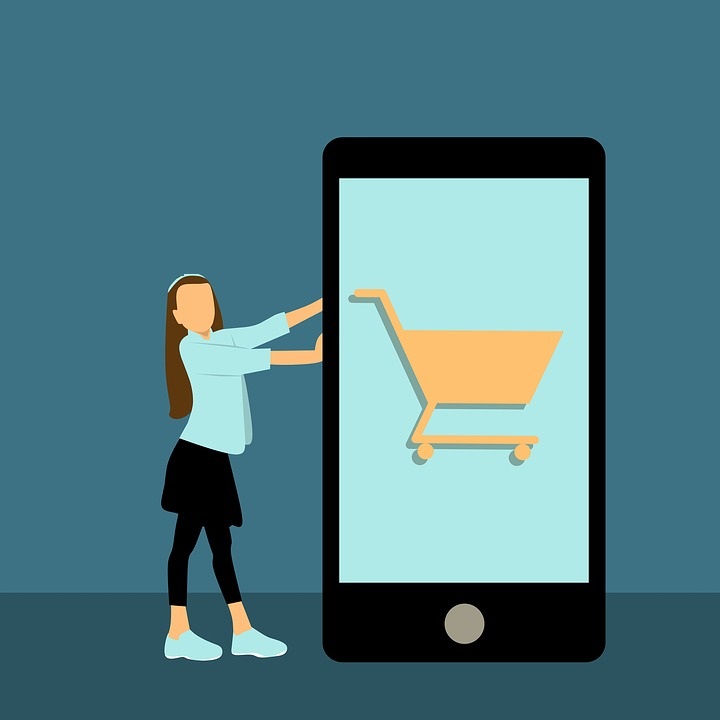Millennials are more likely than older generations to try a new brand or product after seeing or hearing an advertisement. And who says advertising doesn’t work! It totally, totally does.
By MediaStreet Staff Writers
Millennials are more likely to make purchases after seeing or hearing advertisements compared to Gen Xers, Baby Boomers, and other older generations, according to a new survey from Clutch, a B2B ratings and reviews firm.
About 81% of millennials surveyed – those ages 18 to 34 – made a purchase after seeing or hearing an advertisement in the last 30 days. Baby Boomers and other generations over age 55, however, were not quite as influenced by advertising: Among those consumers, 57% made a purchase as a result of an advertisement.
These findings illustrate millennials’ higher tendency for “impulse buying” when it comes to new products and brands.
“Baby Boomers have already gotten set in their ways in regards to the brands they prefer, so an ad might not convince them to buy something,” said Rob Albertson, managing director of Bandwidth Marketing. “There’s an aspect of spontaneity in millennials that would cause them to try something.”
Millennials also trust advertising mediums more than older generations; 64% trust TV and print advertising, and 51% trust online and social media advertising. About 54% of Baby Boomers trust TV and print advertising, and just 27% trust online and social media advertising.
Millennials trust advertising more because they have more resources available to help them discover if a brand’s message is misleading.
“Baby Boomers come from a time when there were a lot fewer regulatory bodies in advertising,” said Julie Wierzbicki, account director at advertising agency Giants & Gentlemen. “For example, cigarettes used to be advertised as good for you, and we found out that these brands we thought were great were lying to us. Millennials feel like brands have to be honest because there’s so much more information out there, and if you’re doing things in a fraudulent or misleading way, it’s going to eventually come out.”
Consumer income is also a factor in advertising influence. The study found that 83% of consumers with a household income over $100,000 were more likely to make a purchase as a result of an advertisement, compared to 68% of consumers with household incomes of less than $49,999. This is due to a higher disposable income and more spending power.
Overall, advertisements influence 90% of consumers in their purchasing decisions, and consumers—regardless of generation—are most likely to make a purchase after seeing or hearing an advertisement on TV and in print.
Consumers view traditional advertising mediums – TV, print, and radio – as the most trustworthy, while they view online and social media advertising more skeptically.
The survey shows that advertising continues to influence consumers in their purchasing decisions, and businesses should advertise in order to reach consumers.





























